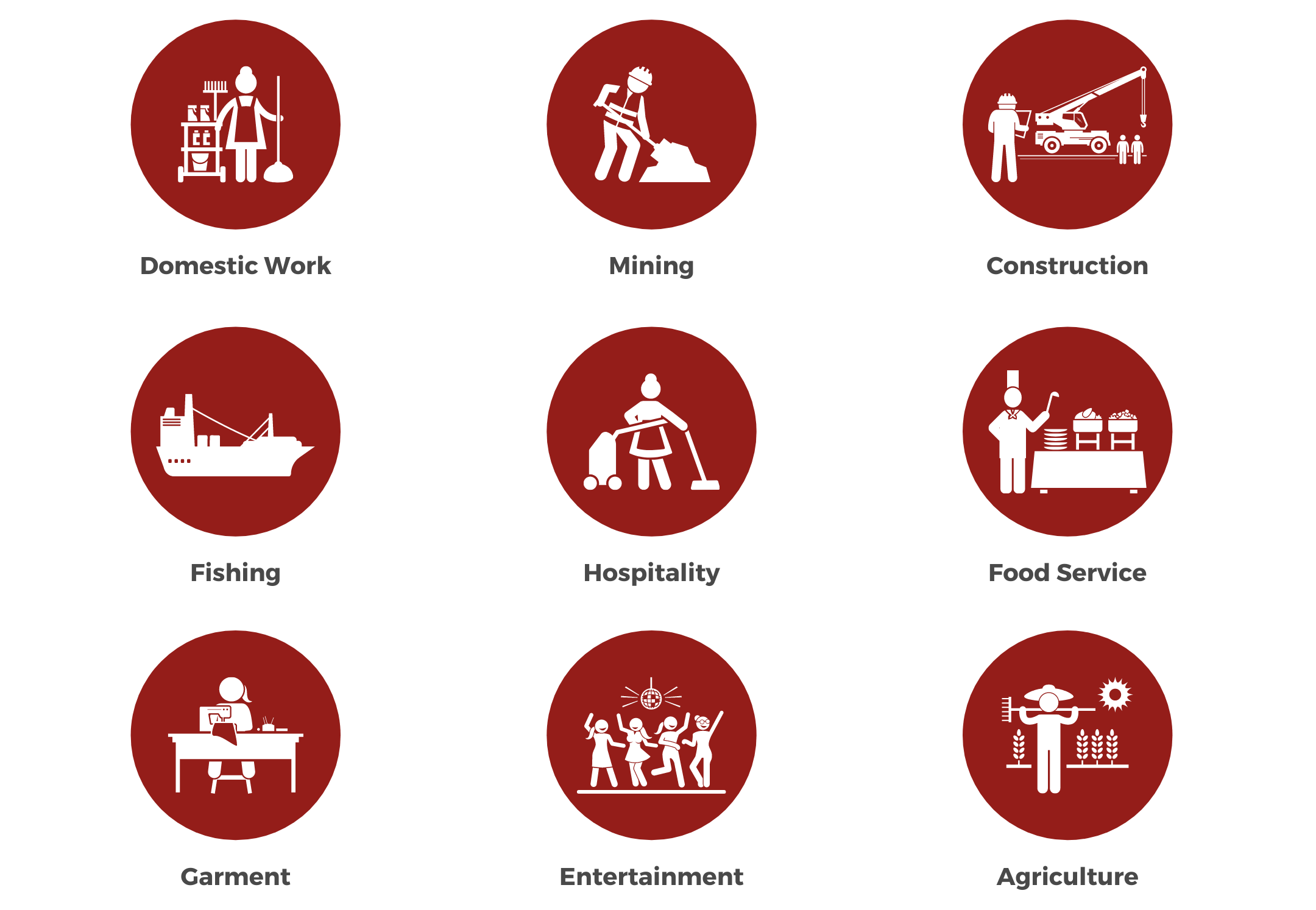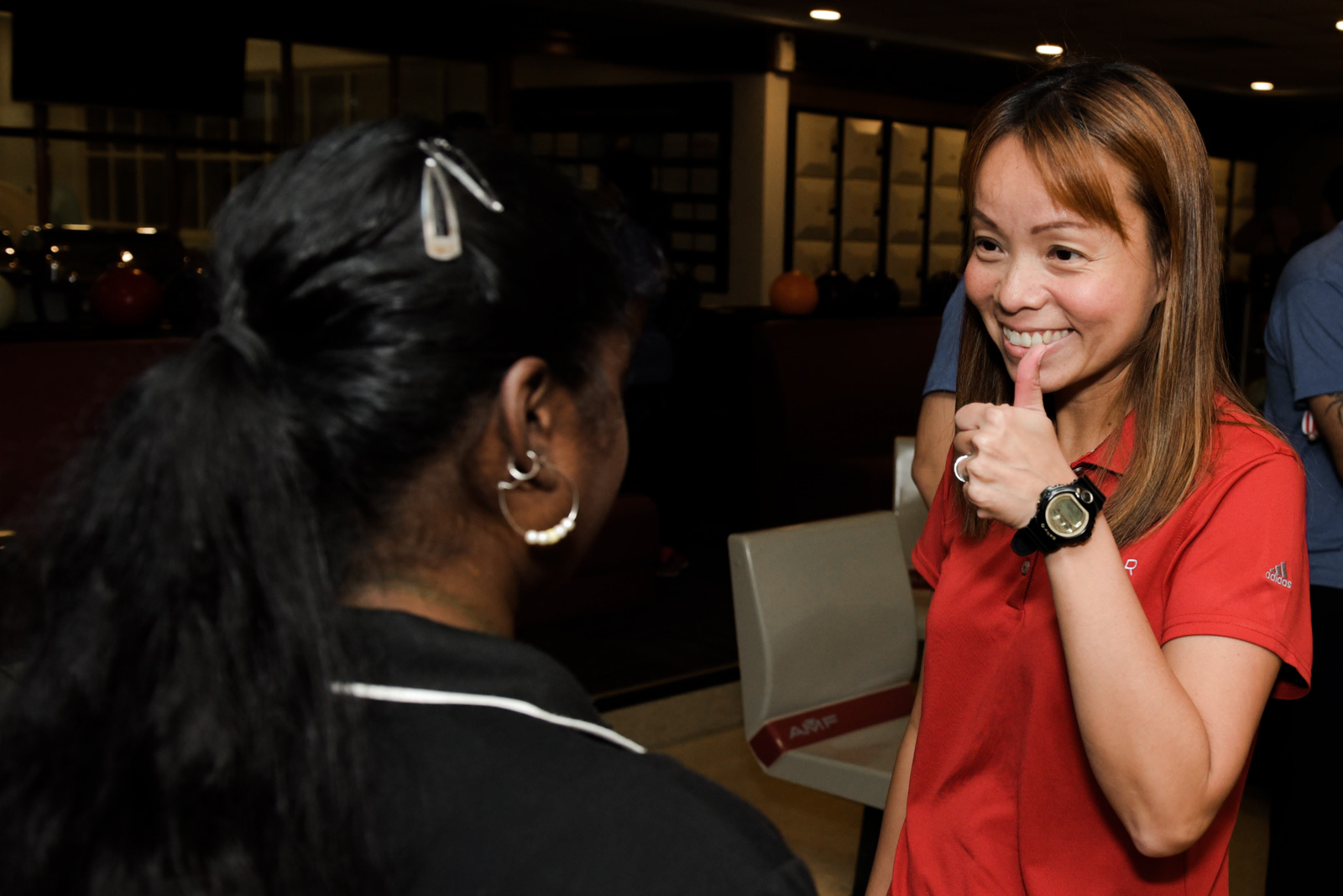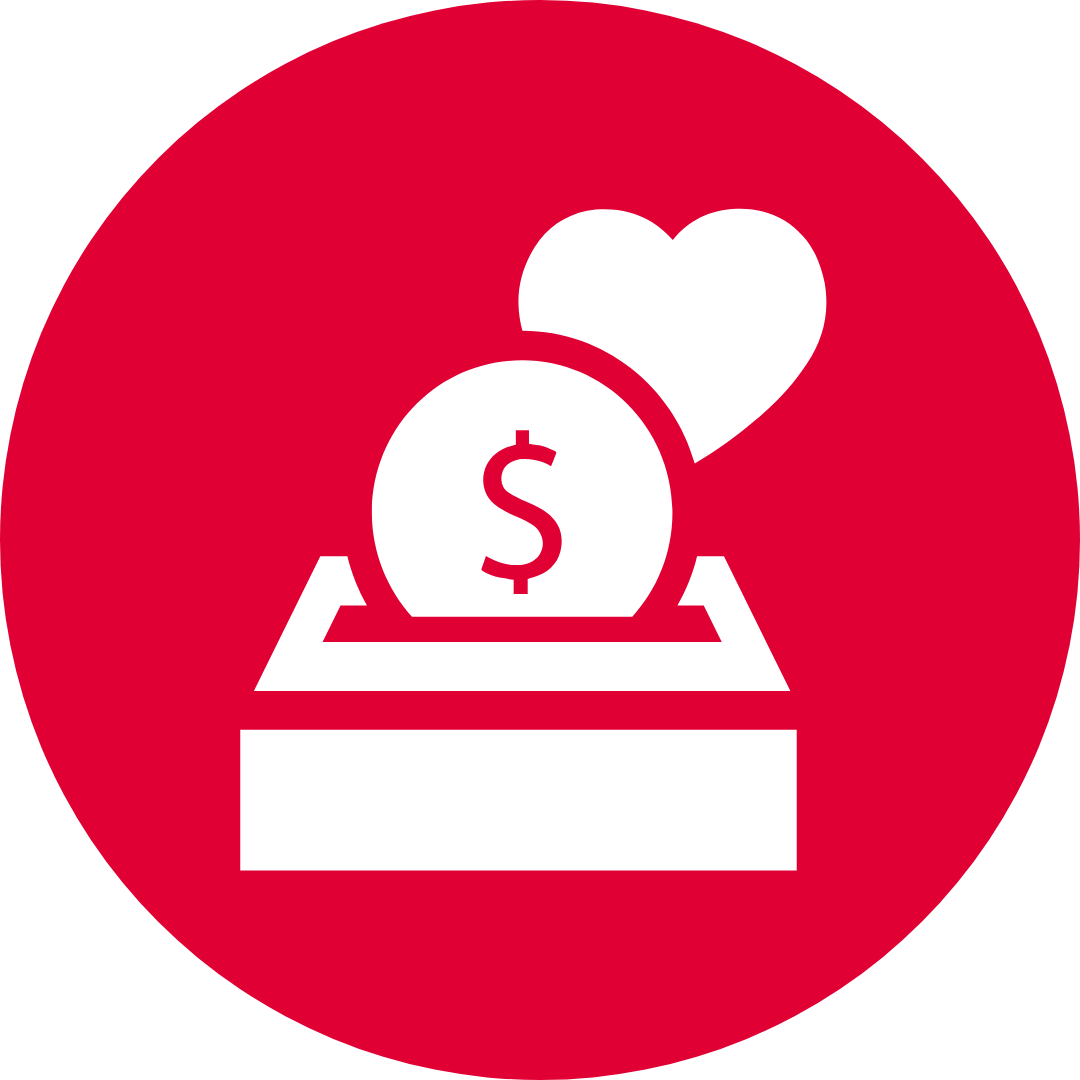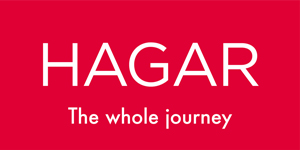What is Human Trafficking?
Human trafficking is the act of harbouring, recruiting, transporting, transferring or receiving an individual for the purpose of exploitation by means of threat, force or deception.
Traffickers abuse the vulnerabilities of victims to control their victims. Commonly, physical and sexual abuse, psychological coercion, debt bondage, confiscation of travel documents, are used to entrap victims, paralysing their ability or will to seek help.
Common Industries Known for Human Trafficking
Industries that are at highest risk for human trafficking globally are found in the private economy. Statistics from the International Labour Organisation (ILO) state that about 16 million people are exploited in the private sector such as domestic work, construction, or agriculture.

What Traffickers Look for in Their Prey
A victim is a target of an organised ploy to exploit the victim. Traffickers isolate victims physically, emotionally and psychologically to coerce them into willing submission. Trafficking can take place in a victim’s home country, during migration, or in a foreign country. Oftentimes, victims suffer from psychological trauma where post-abuse conditions such as anxiety, PTSD, shame and depression are commonly seen.
Victim Profile
- Poor and uneducated
- Lowly skilled
- Come from socially conservative communities
- No social and legal protection
- Responsible for many dependents; has a sick family member at home
- Family has many debts
- Political instability, economic insecurity in hometown
Spot the Signs of Human Trafficking
How a Person is Trafficked to Singapore
The impact of psychological coercion and the tactics of power and control used against victims is grossly underestimated. Because traffickers have access to the victims’ loved ones, they can make good on their threats of harming their family, and exposing victims’ sexual exploitation to their family and community members.
Victims are often unpaid or not paid in full; they are almost never able to repay their debt to the hiring agents and therefore, are unable to leave the job even when they are exploited or abused. Victims hardly know their rights and never assert them.
HAGAR’s Work with Survivors
Since 2015, HAGAR has been collaborating closely with the Singapore government’s Inter-Agency Taskforce on Trafficking in Persons to provide victim care. Committed to the whole journey of recovery, we work with survivors to help them recover from trauma, empowering them with the means to start a new life. Their stories of breakthrough will inspire you.
Read more about HAGAR’s Trauma Recovery and Resettlement Programme for survivors of trafficking and abuse.

How You Can Make a Difference
Both crime prevention and reduction of vulnerability are essential to combating human trafficking. You can play a critical part in empowering survivors for a brand new start. Here’s what you can do.

Your donation enables us to provide essential recovery to survivors and strengthen efforts to prevent trafficking.

Organise a fundraiser and get your family and friends involved. Read out what others have done to raise funds.

Make your skills and talents count by giving your time to volunteer. Find out how you can be plugged into the work.

Your donation enables us to provide essential recovery to survivors and strengthen efforts to prevent trafficking.

Organise a fundraiser and get your family and friends involved. Read out what others have done to raise funds.

Make your skills and talents count by giving your time to volunteer. Find out how you can be plugged into the work.

